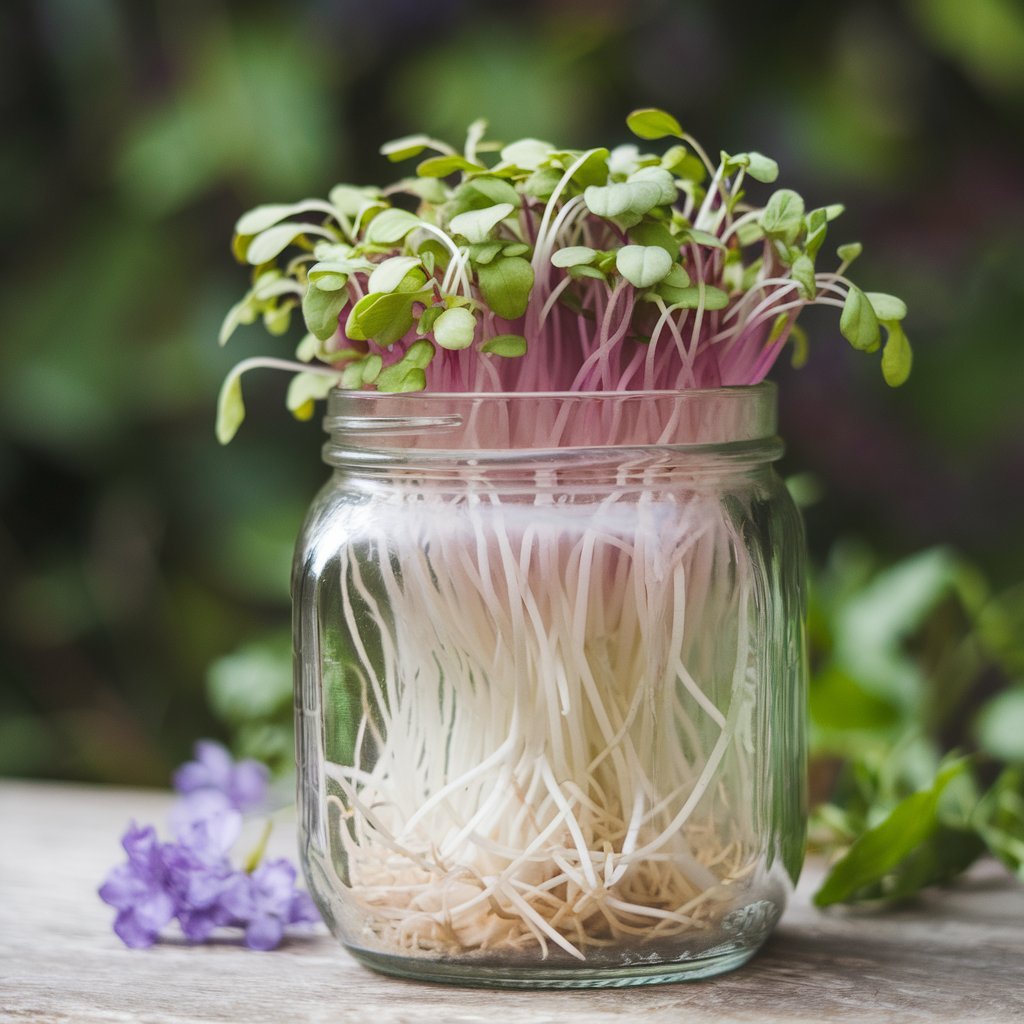As someone who loves experimenting with healthy foods at home, one of my favorite ways to boost gut health is by making my own fermented cabbage—also known as sauerkraut. It’s an easy, natural source of probiotics that can improve digestion, enhance immunity, and bring more beneficial bacteria into your body. Let me walk you through how to make your own cabbage probiotics recipe at home and explain what probiotics are and why they’re essential for your health.
What Are Probiotics?
Before diving into the recipe, let’s talk about probiotics. Probiotics are living microorganisms, including bacteria and yeasts, that support the health of your digestive system. Often referred to as “good bacteria,” they help balance the natural bacteria in your gut and support overall health. Including probiotics in your diet can improve digestion, reduce bloating, and even boost your immune system. Fermented foods like yogurt, kefir, kimchi, and sauerkraut are great sources of probiotics, and making your own at home is a simple and rewarding way to ensure you’re getting enough.
Why Cabbage?
Cabbage, particularly when fermented, is one of the best vegetables for promoting probiotic growth. It contains natural sugars and fibers that feed the beneficial bacteria, making it an ideal base for creating a homemade probiotic-rich food. Plus, it’s affordable, readily available, and packs a nutritional punch with vitamins C, K, and fiber.
How to Make Cabbage Probiotics (Homemade Sauerkraut)
Here’s my go-to recipe for homemade cabbage probiotics:
Ingredients:
- 1 medium red cabbage (or green, depending on preference )
- 1 to 1 ½ tablespoons of sea salt (non-iodized)
*Note: The first time I made this, I used iodized salt and didn’t get the desired results. Stick with non-iodized salt for better fermentation.
Instructions:
- Prepare the Cabbage: Begin by removing the outer leaves of the cabbage. Save one large leaf for later. Chop the cabbage into thin strips, as fine or chunky as you prefer.
- Massage the Cabbage: Place the chopped cabbage into a large bowl. Sprinkle the sea salt over the cabbage and use your hands to massage the cabbage for about 5-10 minutes. This will help release the water from the cabbage and create a brine.
- Pack the Jar: Once the cabbage starts to release enough liquid, tightly pack it into a clean glass jar, pressing down firmly to remove any air pockets. Make sure the cabbage is fully covered by its own brine. Leave about an inch of room at the top of the jar for expansion.
- Cover with Cabbage Leaf: Take the outer cabbage leaf you saved earlier and place it on top of the packed cabbage. This helps to keep the shredded cabbage submerged in the brine.
- Ferment: Seal the jar with a lid and leave it at room temperature for 1-4 weeks. I like to leave mine out for about 2 weeks to develop a tangy flavor. The longer it ferments, the more sour and probiotic-rich it becomes.
- Taste and Store: After the fermentation period, open the jar and taste your sauerkraut. Once it reaches the flavor you like, transfer the jar to the fridge to slow down the fermentation process.
Pro Tip: Make sure the cabbage stays submerged in the brine during fermentation. If you notice it floating, use a fermentation weight or small glass to press it down.
Why Cabbage Probiotics Are Good for You
Homemade sauerkraut is packed with probiotics, especially Lactobacillus, which is one of the most common types of good bacteria found in fermented foods. These probiotics are fantastic for improving digestion, supporting immune function, and even boosting your mood by promoting gut-brain communication. Fermented cabbage is also rich in enzymes, which help your body break down food more effectively.
Can I Use Green Cabbage?
Yes! You can use either green or red cabbage to make sauerkraut. Red cabbage adds a beautiful color to the ferment and is packed with additional antioxidants like anthocyanins, which are beneficial for heart health and inflammation.
Conclusion
Fermenting cabbage at home is a simple, rewarding way to introduce more probiotics into your diet. Whether you’re aiming to improve digestion, support your immune system, or simply enjoy the tangy taste of sauerkraut, this homemade cabbage probiotic recipe is easy to follow and customize. Give it a try—you’ll not only enjoy the flavor, but you’ll also be doing wonders for your gut health.



